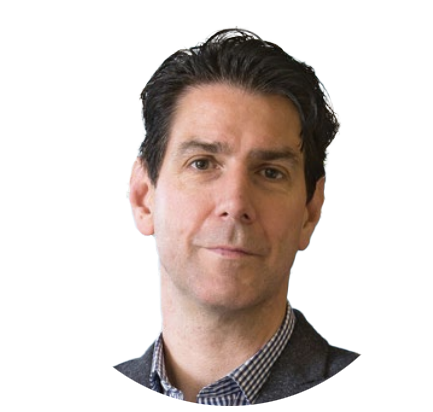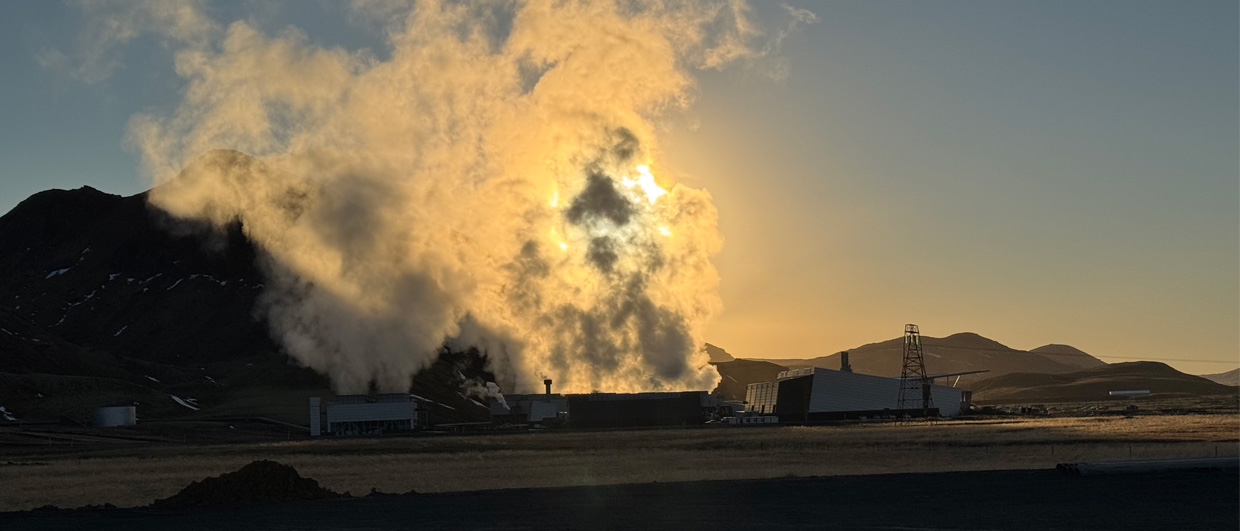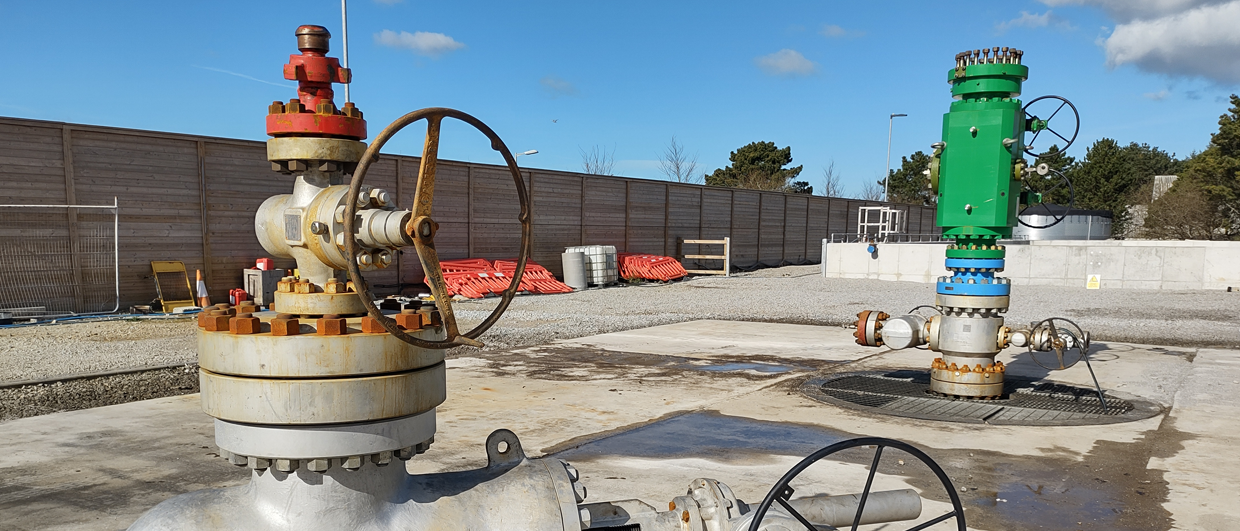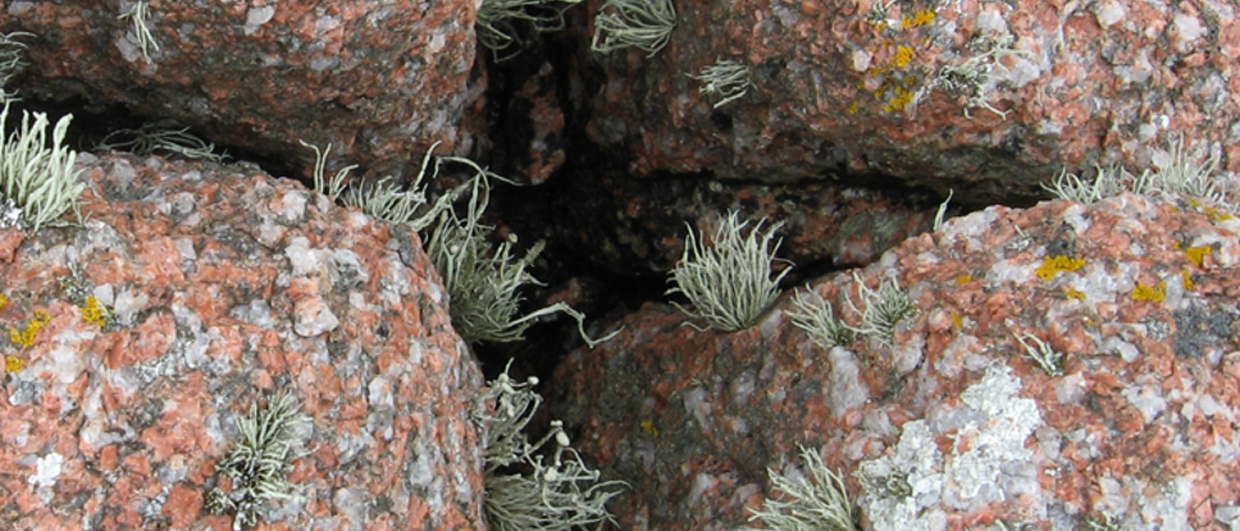John Gibb’s Aberdonian accent is noticeable even though he has spent many years in Houston. “I drilled many wells throughout my career”, he says, “including highly deviated development wells on Alwyn and Dunbar in the North Sea. At the time, the Northern North Sea looked like a city during the night because of the flares, platform lights and the semi-subs drilling appraisal and development wells in the many newly discovered Brent fields.”
As the lights have gradually gone out in the Northern North Sea, John has now focused his career towards geothermal. He helps GA Drilling bring a new piece of drilling technology to the market. Interestingly, the company is based in Slovakia, and are expanding with offices in Houston, the UK and Brazil. GA stands for Geothermal Anywhere – its strategy does not need further explanation.
“torque can be a big issue, especially when reaching higher depths. This leads not only to a loss of energy and slower drilling rates, but also more wear and tear and hence the need to pull out of the hole and replace the bit.”

The people behind the so-called ANCHORBIT® technology are aware that drilling costs and speed need to come down and up respectively to make deep geothermal drilling competitive, especially when deeper basement targets are looked at. John explains: “When drilling a well, torque can be a big issue, especially when reaching higher depths. This leads not only to a loss of energy and slower drilling rates, but also more wear and tear and hence the need to pull out of the hole and replace the bit.”
The GA Drilling team developed a methodology to clamp the drill string situated just behind the bit to the bedrock through a series of pistons. “This causes all torque to concentrate onto the drill bit rather than in the drill string, making sure that the energy is used where it needs to be”, explains John.
Whilst one section of the drill string is clamped to the formation, the bit drills deeper into the formation, at a speed that is estimated to be twice the rate of penetration as conventional bits. “Then, the lower set of clamps is activated, the upper one released, and the telescope is sliding in again. In that way, the drill bit “crawls” down the borehole.
“We have tested the tool with our partner Nabors at a site in Houston and have had very positive results”, says John. “We are now ready to commercialise the tool and can’t wait until the first wells are drilled using this promising technology.”
Enabling a new type of loop
“We are looking at how our technology could be applied to a new well pair system that is being developed today – one being the producer and one the injector. These wells connect with each other at TD, which then allows fluids to be circulated through the loop. It is a straightforward concept and it does not require fracking. Pairing these innovations with our technology means that the holes in geothermal loop systems can be drilled much faster and more economically than what is now deemed possible. It’s the ideal solution for accessing geothermal basically anywhere!”, concludes John.





